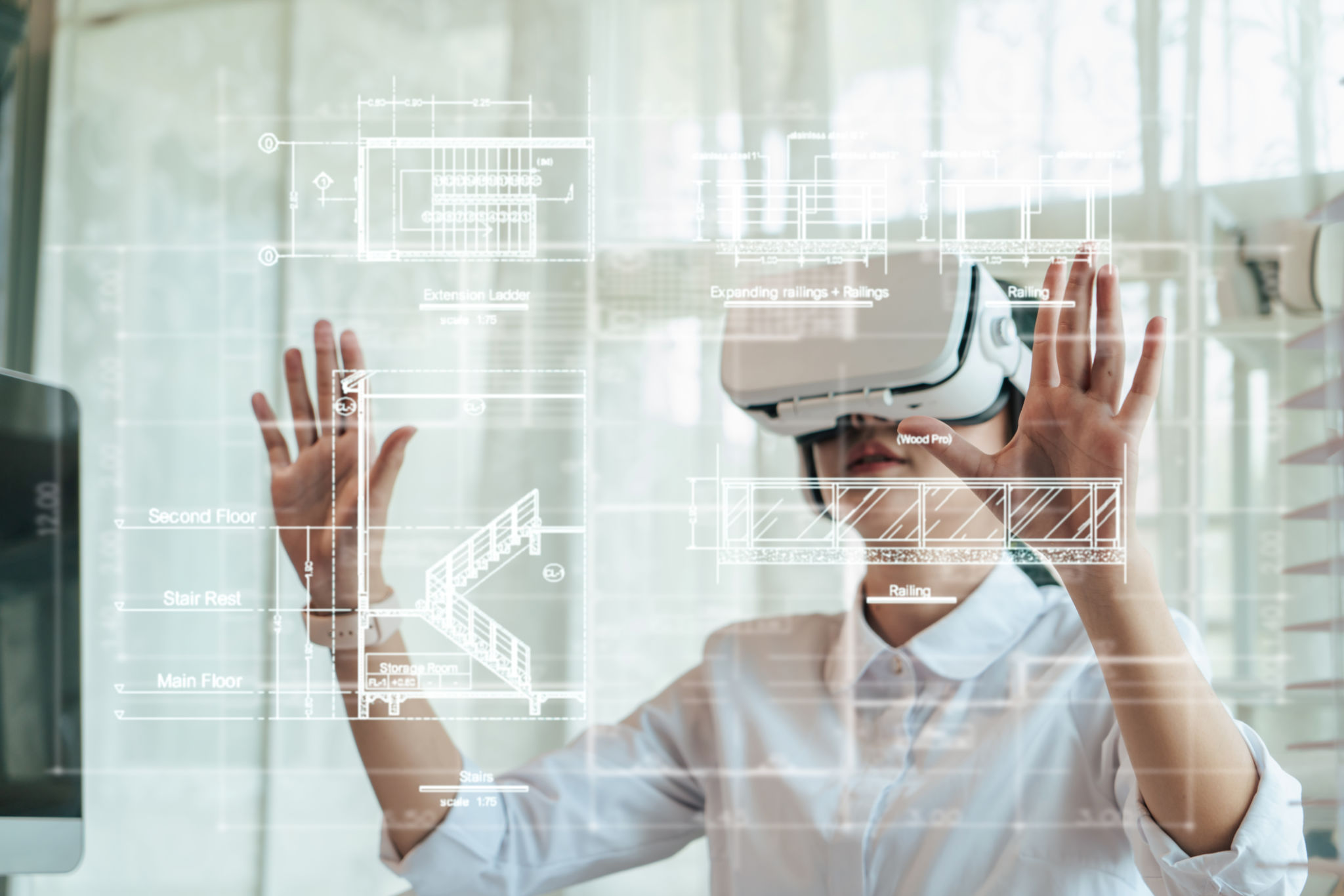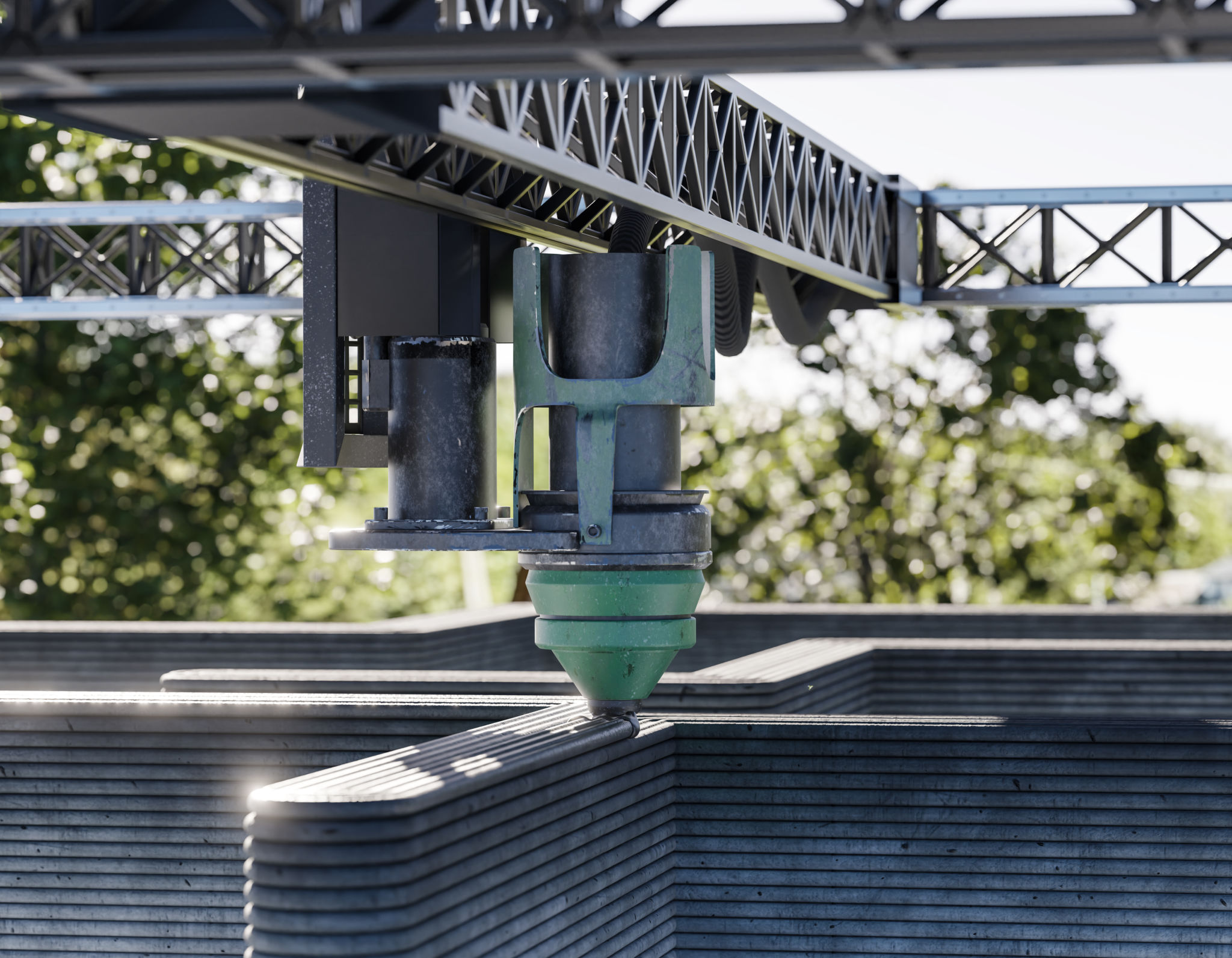How Emerging Technologies are Shaping the Future of Industrial Design
Introduction to Emerging Technologies in Industrial Design
The landscape of industrial design is undergoing a significant transformation thanks to the rapid advancement of emerging technologies. These innovations are not only enhancing the efficiency and creativity of design processes but also redefining the way products are conceptualized and brought to life. From artificial intelligence to virtual reality, these technologies are paving the way for a future where design is more intuitive and connected than ever before.

The Role of Artificial Intelligence in Design
Artificial intelligence (AI) has emerged as a powerful tool in industrial design, offering capabilities that were once considered the realm of science fiction. AI algorithms can analyze vast amounts of data, providing designers with insights into consumer preferences and market trends. This data-driven approach allows for more informed decision-making and the creation of products that better meet consumer demands.
Furthermore, AI-powered design software can automate routine tasks, freeing up designers to focus on more creative aspects of their work. By streamlining workflows and reducing repetitive tasks, AI enhances productivity and fosters innovation within design teams.
Virtual Reality: A New Dimension in Design
Virtual reality (VR) is revolutionizing the way designers visualize and test their creations. With VR technology, designers can create immersive environments that allow stakeholders to experience products in a three-dimensional space before they are physically built. This capability not only aids in identifying potential design flaws but also enhances collaboration between designers, engineers, and clients.

By providing a realistic preview of products, VR reduces the need for multiple prototypes, saving both time and resources. As VR technology continues to evolve, it will play an increasingly vital role in bridging the gap between imagination and reality in industrial design.
3D Printing: From Concept to Reality
3D printing technology has become a game-changer in industrial design by enabling rapid prototyping and on-demand production. Designers can now create physical models directly from digital designs, allowing for quick iterations and modifications. This flexibility not only accelerates the development process but also reduces costs associated with traditional manufacturing methods.
Moreover, 3D printing allows for the creation of complex geometries and personalized products that would be challenging or impossible to achieve with conventional techniques. As materials and printing technologies advance, the potential applications of 3D printing in industrial design continue to expand.

The Internet of Things (IoT) in Product Design
The Internet of Things (IoT) is another transformative force in industrial design, enabling products to connect and communicate with each other and their environment. IoT technology allows designers to create smart products that offer enhanced functionality and user experiences. These connected devices can gather data on user behavior, providing valuable insights for future design improvements.
Additionally, IoT facilitates the integration of products into broader systems, such as smart homes or industrial automation networks. This connectivity opens up new possibilities for innovation and efficiency across various industries.
Looking Ahead: The Future of Industrial Design
As these emerging technologies continue to develop, they will undoubtedly shape the future of industrial design in ways we can only begin to imagine. The integration of AI, VR, 3D printing, and IoT will lead to more sophisticated, user-centric designs that are both functional and aesthetically pleasing.
Embracing these technologies will be crucial for designers who wish to stay competitive in an ever-evolving landscape. By leveraging the power of innovation, industrial designers can create products that not only meet the needs of today but also anticipate the demands of tomorrow.
